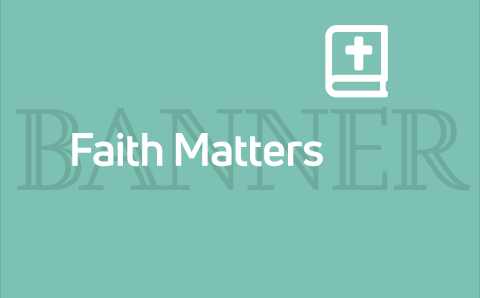Before email and texting, before computers and telephones, people wrote letters to send messages. These days, getting a handwritten message in a letter is pretty special, because it doesn’t happen very often. But there’s one special message you can read whenever you want to. The Bible is God’s message to us. And it’s not written in secret code—it’s right there for everybody to see. God says, “I made you, I love you, and I sent my Son to die and rise again so you could have new life.” Get the message?
Horsing Around
If you wanted to send a message really fast in 1860s America, you could use the Pony Express. A rider on a horse would carry a bag of letters as far and fast as they could go. Then, while they rested, another rider and horse would take the letters even farther. To send a message from the East Coast to the West Coast by Pony Express took about 10 days if the weather was good. But after only 19 months, the Pony Express was put out of business by the newly-invented telegraph.
Message in a Bottle
Harold Hackett lives in Tignish, Prince Edward Island, on the coast of the Atlantic Ocean. On days when the wind is right, he puts messages in plastic juice bottles, caps the bottles tightly, and tosses them into the ocean. The currents carry his messages out to sea, and they end up all over the world. Sometimes it takes more than 10 years for a bottle to reach land! Harold has gotten messages back from people in Africa, Russia, the Netherlands, France, Scotland, South America, the United States, and other continents and countries.
The Pigpen Cipher
The “pigpen cipher” is a code that people have used for hundreds of years to send secret messages. George Washington’s army sometimes used it, and in the Civil War, Union army prisoners used the pigpen cipher to send messages to friends. To use this code, you and the person receiving the message need a key like this:
When you want to write a certain letter, you just draw the lines and dots that are around it in the key.
The Unbreakable Code
When countries are at war, they need ways to send secret messages that the enemy can’t read, so they use secret codes. During World War II, 29 Navajo men worked with the United States military to create a code that even the expert code-crackers couldn’t break.
Navajo is a complicated language that’s hard to learn, so it was perfect for using as a code. The Navajo “code talkers,” as they were called, came up with 411 code words for the military to use. For example, the code for “fighter plane” was “da-he-tih-hi”—Navajo for “hummingbird.” The code for “battleship” was “lo-tso,” or “whale.”
By creating an unbreakable code, the Navajo code talkers helped end a war that was affecting people all over the world. To learn more, read the book Navajo Code Talkers by Nathan Aaseng and Roy O. Hawthorne.
Cranberry Code Cracker
Write a message with a light-blue marker on a piece of white paper. Scribble all over the message with red and pink markers so the message is hard to read. Then pour an inch or so of cranberry juice into a glass or jar. If you slide the glass of juice over your message, you’ll be able to read it clearly again! If the juice is too dark to see through, add a little water.
Sour Secrets
Fill a small bowl with lemon juice. Dip a toothpick in the juice, and use the toothpick like a pen to write a message on a piece of white paper. Let the paper dry. To reveal the message, turn on one of the burners on your stove, and hold the paper over it, far enough away so the paper won’t burn (ask an adult for help with this part). The acid in the lemon juice will turn the paper brown where the letters are written!
Banana Surprise
Use a toothpick to scratch a message on the outside of a banana. After a while, the scratches will turn brown, revealing your message! When you’re done, you can eat the evidence!









